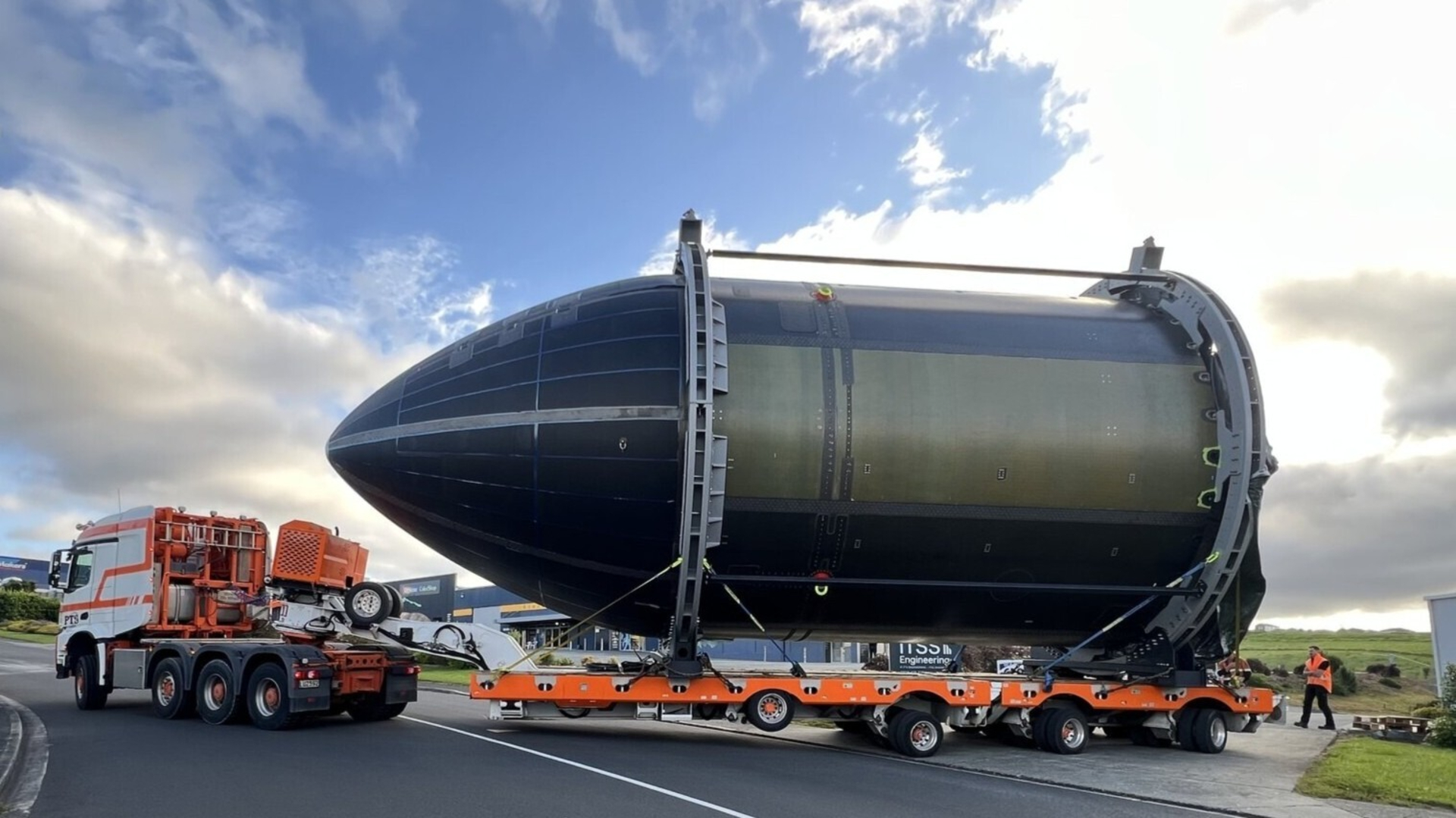NASA wants a 'lunar freezer' for its Artemis moon missions
Artemis moon astronauts will need a mobile storage system for samples they take from the lunar surface.

NASA has issued a request for "lunar freezer" designs that can safely store materials taken from the moon during planned Artemis missions.
According to a request for information (RFI) posted to the federal contracting website SAM.gov, the freezer's primary use will be transporting scientific and geological samples from the moon to Earth. These samples, the post specifies, will be ones collected during the Artemis program.
However, the post also states that the lunar freezer could be used to store and transport "human biological/physiological samples collected during the missions," presumably for analyzing how spaceflight to the moon affects astronauts.
In the RFI, NASA writes that it wants the lunar freezer ready by the end of 2027, to be launched aboard its planned Artemis 5 mission.
Related: Will Artemis astronauts look for life on the moon?
What would a lunar freezer look like?
To make the long journey back to Earth from the moon's surface, the lunar freezer should be transportable aboard the vehicles, facilities and spacecraft that future Artemis astronauts will use. These include the future lunar rover, any moon habitats, the Human Landing System (HLS), the Orion crew module and the Gateway lunar outpost. The latter is a planned space station that will remain in orbit around the moon.
The lunar freezer must therefore be able to withstand a variety of physical forces encountered during launch and landing, such as vibrations and shocks.
Breaking space news, the latest updates on rocket launches, skywatching events and more!
The total volume of the lunar freezer's cold interior should be no less than 10x10x26 inches (25x25x66 centimeters), and the total system should weigh less than 121 pounds (55 kilograms). Stored samples should be able to maintain a temperature of minus 121 Fahrenheit (minus 85 Celsius) for a minimum of 30 days.
The freezer NASA envisions must further have an onboard display that Artemis crews can use to monitor and control the module, as well as wireless and wired internet connectivity that can together provide telemetry to Artemis vehicles and ground stations back on Earth. Finally, the lunar freezer should be able to record data about its own temperature, overall health as well as when (and for how long) its door is opened.
The lunar freezer's planned debut mission, Artemis 5, will be the third mission in the Artemis program. It will involve putting human boots on the moon, if all goes according to plan — though not for the first time in the program. Artemis 3 will mark the first human return to the moon since 1972, and is currently planned for 2025. Artemis 4 and Artemis 5 are projected to launch in 2028 and 2029, respectively.

Brett is curious about emerging aerospace technologies, alternative launch concepts, military space developments and uncrewed aircraft systems. Brett's work has appeared on Scientific American, The War Zone, Popular Science, the History Channel, Science Discovery and more. Brett has English degrees from Clemson University and the University of North Carolina at Charlotte. In his free time, Brett enjoys skywatching throughout the dark skies of the Appalachian mountains.
